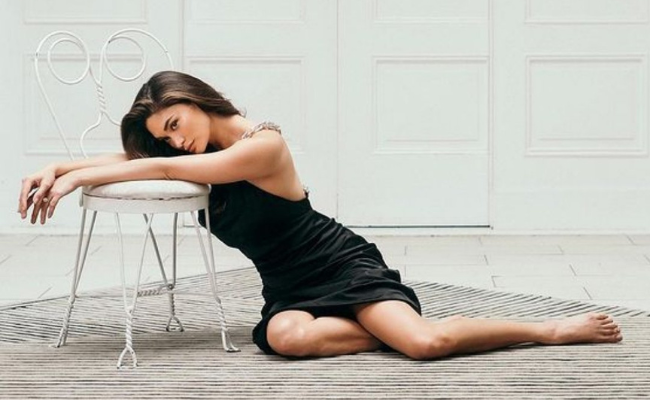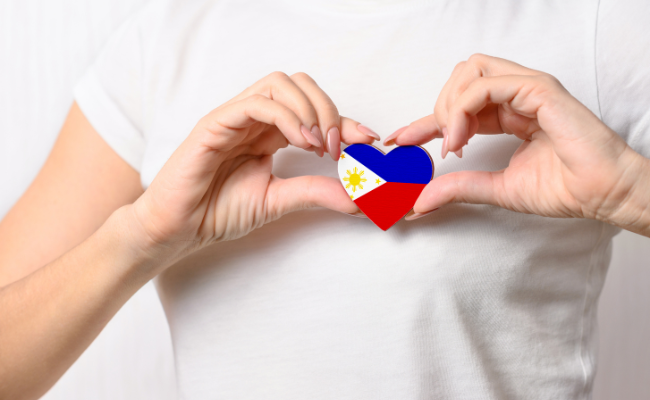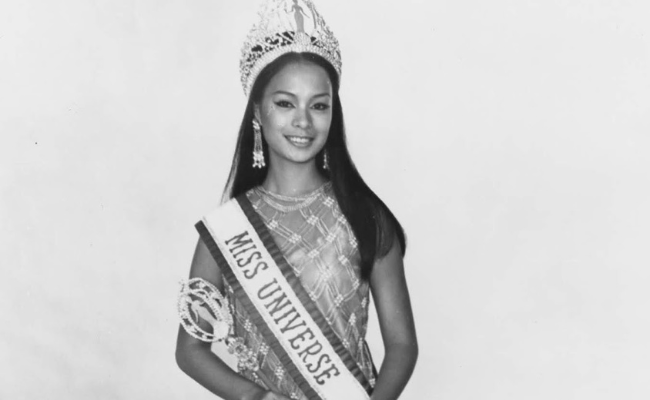Filipino Standards in Beauty Pageants
Beauty pageants in the Philippines have long been a part of the country’s cultural practice, drawing audiences with poise, glamour, and the search for the epitome of beauty.
Through the years, particular pageant standards have evolved, portraying the transformation of societal norms and international beauty trends.
Unveiling Beauty Pageant Standards

Photo Credit: Twitter.com
From embracing colonial influences to welcoming indigenous features, here are some of the key aspects that make up today’s Filipino beauty standards.
Personality
Filipino beauty pageants consider a candidate’s personality as one of the major standards. The contest committee looks for confident, charismatic, and articulate candidates.
They should be able to communicate well with the audience, share their perspectives clearly and display a positive image.
Physical Beauty
Similar to most countries, physical beauty is a top priority when choosing beauty pageant candidates. Scouts searching for candidates consider her body proportions, facial features, and overall good looks.
You may also like: Successful Filipino American Women in Global Beauty Pageants
Communication Skills
Since contestants will deliver speeches, answer interviews, and engage with audiences, they are expected to do so with clarity and poise. Excellent communication skills are vital in beauty pageants.
They should be able to fluently speak and express themselves both in English and Tagalog – the Philippines’ main language.
Intelligence

Advocacy
One of the significant parts of scoring candidates is the nature of their advocacies. Beauty queens should have a social issue or community movement they are most passionate about and actively promote.
It could be in relation to healthcare, education, women’s rights, the environment, or any other issues that need addressing.
Performance and Talent
Since joining beauty pageants in the Philippines mostly requires a showcase of talent, one must be able to show their skills onstage. Playing musical instruments, singing, dancing, and performing cultural acts are some of the common talents that Filipino beauty queens do.
Filipino Cultural Roots

The Evolution of Filipino Beauty Standards in Beauty Pageants
In this ever-evolving era, beauty contests not just in the Philippines but worldwide have gained a new and open perspective. Changing societal behaviors and international influences have prompted these changes in the realm of beauty pageants.
Let’s take a look at the overview of how these standards have changed through the years.
Colonial Impact (Early 20th Century)
During this period of colonization, Western influence is evident in almost everything, including the concept of beauty. Beauty standards that signal more affluence, fair skin and slender physique.
You may also like: Filipino Americans’ Significant Contributions to US Healthcare System
Return to Native Beauty (1960s -1970s)

Photo Credit: entertainmentnewsportal.com
The Philippines underwent a cultural reawakening which led to leaning toward natural Filipino beauty. Candidates with Filipino features like tanned skin, prominent cheekbones, and fuller figures were more in demand.
International Recognition (1980s – 1990s)
This was the time when the world started to recognize Filipino beauty queens. However, standards came back towards Western aesthetics like tall height, fair skin, and slim figures in beauty pageants.
Welcoming Diversity (2000s – 2010s)
As modernization started, there was a significant shift toward embracing different perceptions of beauty and diversity. Filipino beauty pageants started to welcome a wider range of skin tones, body types, and facial features.
Empowerment and Representation (Current Years)
These days, there has been an increasing focus on representation and acceptance in beauty contests. Candidates are now urged to embrace their unique cultural roots and show their distinct individualities. Beauty queens who are not afraid to speak about ongoing social issues are hailed as outstanding.
Bottomline
Keep in mind that beauty standards are not all the same and depend on different regions. The evolving state of Filipino beauty standards mirrors the changing cultural influences, societal beliefs, and the goal to be more inclusive and set the modern definition of beauty.
For more updates on the latest news and interesting articles, stay tuned at Inquirer.net.

